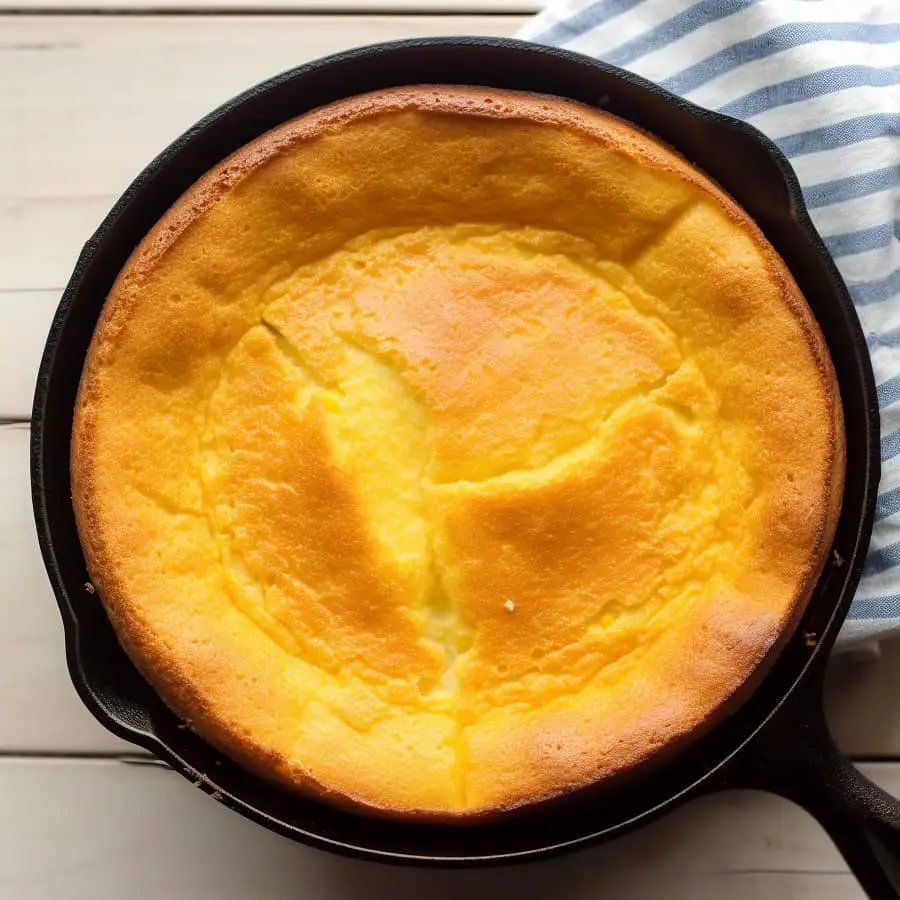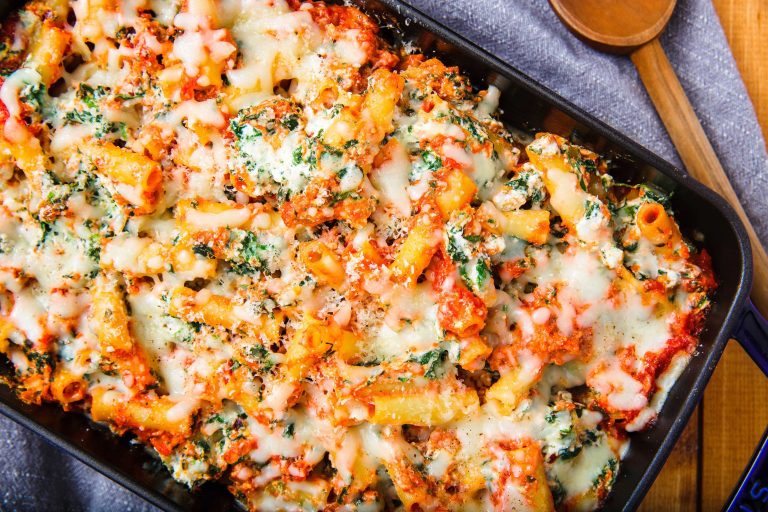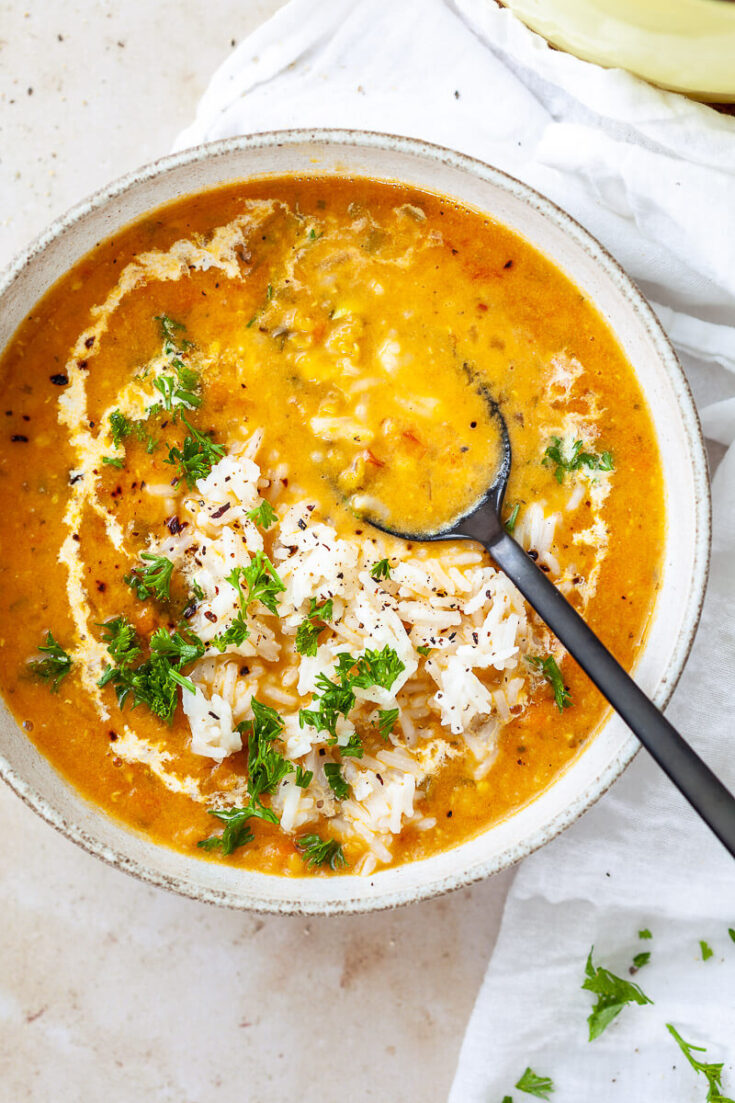Southern Corn Pone Bread: History, Recipe, and Modern Variations
Southern Corn Pone Bread carries a rich history deeply rooted in Southern traditions. Originating from Native American culinary practices, it evolved as a staple among early settlers. Corn was abundant in the region, making it a primary grain in local recipes. Historically, corn pone provided nourishment during hard times due to its simple ingredients and ease of preparation. Today, it symbolizes the resourcefulness and heritage of the South, often featured in family gatherings and community events.
Key Ingredients and Variations
Southern Corn Pone Bread consists of a few essential ingredients, ensuring simplicity in preparation. The primary components include cornmeal, water, salt, and fat (like lard or bacon grease). Some variations incorporate ingredients like buttermilk or sour cream for added moisture and tanginess. Other recipes suggest incorporating sugar or honey for a slightly sweet flavor. While traditional recipes stick to the basics, contemporary adaptations may use baking powder or soda to achieve a lighter, fluffier texture. Exploring these variations allows you to personalize your Southern Corn Pone Bread to suit your taste preferences.
How to Make Southern Corn Pone Bread
Traditional Recipe Overview
Southern Corn Pone Bread uses simple ingredients and straightforward methods. Start by gathering 2 cups of cornmeal, 1 teaspoon of salt, and enough hot water to create a thick batter. In a medium bowl, combine the cornmeal and salt, then gradually add hot water while stirring until the mixture reaches a pasty consistency.
Next, heat a generous amount of bacon fat or lard in a cast-iron skillet over medium heat until it sizzles. Drop spoonfuls of the batter into the hot fat, flattening each portion slightly with the back of a spoon. Cook until the edges crisp, then flip and cook the other side until golden brown. Transfer the corn pones to a paper towel-lined plate to drain excess fat.
Modern Twists on a Classic Recipe
Modern adaptations of Corn Pone Bread offer different flavors and textures. For a lighter version, you can add 1 teaspoon of baking powder to 2 cups of cornmeal, along with 1 teaspoon of salt and optional sugar for sweetness. Instead of hot water, use 1 to 1.5 cups of buttermilk or sour cream to create a richer, tangy batter.
Incorporate additional ingredients like shredded cheese, diced jalapeños, or honey for a personalized touch. Pour the batter into a greased cast-iron skillet or baking dish, then bake in a preheated oven at 400°F for 20-25 minutes, or until the top is golden and a toothpick inserted into the center comes out clean. Let the bread cool slightly before slicing and serving.
Serving and Pairing Ideas
Best Accompaniments for Corn Pone
Corn pone pairs well with various dishes, enhancing both flavors and textures. Serve it with hearty stews such as beef or chicken stew, which balance the bread’s dense texture. Chili, both meat-based and vegetarian, provides a spicy companion, making each bite of corn pone even more satisfying. Incorporate fresh greens and beans for a Southern-style dinner. Collard greens with ham hocks offer a smoky, salty contrast, while black-eyed peas provide a creamy, earthy companion. For breakfast, consider pairing corn pone with scrambled eggs and country ham. The corn pone’s subtle sweetness balances the salty richness of ham.
Occasions for Serving Corn Pone Bread
Corn pone bread fits almost every occasion, signifying warmth and hospitality. Serve it at family dinners during holidays like Thanksgiving and Christmas, where its traditional roots resonate with historical feasts. Offer it at summer barbecues alongside grilled meats and vegetables to provide a nostalgic touch to outdoor gatherings. Use it in community events or potlucks where its simplicity and adaptability make it a crowd-pleaser. At brunches or casual get-togethers, pair corn pone with various jams and butter spreads for a comforting, homey addition to your meal.
Nutritional Value of Southern Corn Pone Bread
Health Benefits
Southern Corn Pone Bread offers several health benefits. It provides a significant source of dietary fiber due to the cornmeal, which aids in digestion and helps maintain stable blood sugar levels. Cornmeal also contains essential vitamins such as B-complex vitamins (B1, B3, B5, B6) which support energy production. The bread includes minerals like magnesium, phosphorus, and iron, contributing to bone health, muscle function, and oxygen transport. Incorporating added ingredients like buttermilk or cheese can increase calcium and protein content.
Considerations for Dietary Restrictions
Consider dietary restrictions if you’re preparing Southern Corn Pone Bread.
- Gluten-Free: Traditional corrmeal recipes do not contain gluten. Confirm that all other ingredients used are GF-certified.
- Dairy-Free: Replace buttermilk, sour cream, and cheese with plant-based alternatives if you’re avoiding dairy.
- Low-Sodium: Classic recipes use salt, but you can reduce or omit it, using herbs or spices for flavor instead.
- Vegan: Standard recipes include animal fats, like bacon fat or lard. Use vegetable oil or vegan butter substitutes for a plant-based version.
Assess ingredient labels and recipe modifications to comply with specific dietary needs.
Conclusion
Southern Corn Pone Bread isn’t just a dish; it’s a testament to the rich cultural tapestry and resourcefulness of the South. Whether you stick to the traditional recipe or experiment with modern twists, this bread brings warmth and history to your table. Perfect for family gatherings or as a comforting side, it’s versatile enough to pair with various meals. Plus, with options to cater to dietary needs, everyone can enjoy a slice of this Southern staple. So next time you’re looking to add a touch of heritage to your meal, consider making Southern Corn Pone Bread your go-to choice.






